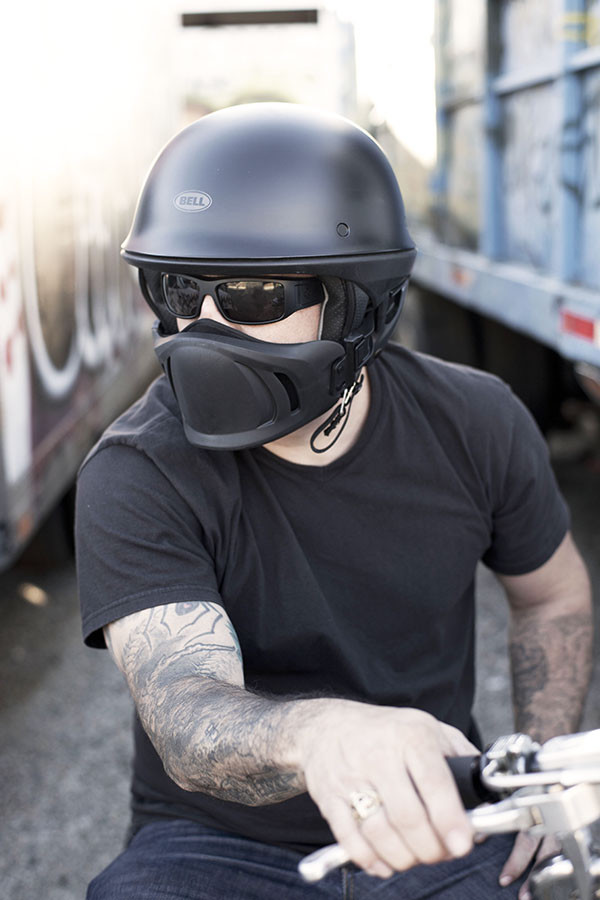It was May 13, 1935.
T.E. Lawrence was riding his Brough Superior SS100 motorcycle near his home in the southern United Kingdom, just outside the town of Wareham.
A couple of young boys were riding bikes in the road. Hilly roads obstructed Lawrence’s view. When he swerved at the last minute to avoid the children, he lost control of his bike, and was thrown over the handlebars.
He died six days later due to head trauma.
T.E. Lawrence is well known. Only most people know him by the moniker Lawrence of Arabia.
The story of Lawrence’s life and experiences during World War I as a British Army officer became famous because he was such a prolific writer. In 1962, the film Lawrence of Arabia was made based on his life.
Among the doctors treating Lawrence before his passing was a neurosurgeon named Hugh Cairns. Studying Lawrence’s head injuries led Cairns to begin a long study of what he considered to be an unnecessary loss of life by motorcyclists.
His research led to the use of motorcycle helmets for safety reasons.
We’re pretty sure the very first motorcycle helmet was half of a sliced-open football tied around a rider’s chin with a piece of yarn. They’ve come a long way since then, and have done some good things along the way.
For example, a Bell Magnum helmet made of carbon fiber and fiberglass saved Evel Knievel’s life during an accident in which Knievel fell off his bike after an attempted jump over the fountains outside Caesars Palace in Las Vegas.
History of the Motorcycle Helmet
- Mid-1940s: British Army issued helmets to dispatch riders with either a cork shelled lid or a rubber one.
- 1953: University of Southern California Professor C.F. “Red” Lombard developed and patented the first modern-day motorcycle helmet.
- 1954: Roy Richter developed the Bell 500. The first fiberglass helmet to cover the back of the head and wrap around and cover the ears. These helmets cost $200, about one month’s average salary. – Bell 500
- 1957: Snell Memorial Foundation started for the purpose of providing independent helmet testing.
- 1961: Australia introduced the world’s first mandatory motorcycle helmet law.
- 1966: American national Safety Standard for Motorcycle Helmets was introduced.
- 1967: First helmet with face shield introduced providing improved field of view and vision protection. – Bell Star
- 1971: Motorcycle Specific version of the Star. – Bell Star 120
- 1974: U.S. DOT Federal Motor Vehicle Safety Standard No. 218 requiring all motorcycle helmets to have a DOT-approved sticker.
The innovation has been rapid and steady since, with design becoming much more prevalent.
Bell has continued to lead the way, and they continue to receive a ton of buzz whenever they launch something new, which they did earlier this year with the Bell Rogue.
What do you look for when shopping for motorcycle helmets? Form over function? Vice versa? Or do you prefer not to ride with a helmet at all?
Let us know.



nice information …
http://a7la7aya.com/Departments/ShowDetailContent.php?lang=2&D=325&T_ID=10,&topic_title=Bluetooth%20motorcycle%20helmet
Wow. This page saved my social life for a paper. Thanks so much!
I like your post!
[…] shell. After experimenting with a variety of alternative shell materials in 1954, AGV developed the first fiberglass helmet. In 1969, Italian Formula One driver Albert Pagani became the first person to wear a full-face […]